When Choking or Gagging Signals a Feeding Problem
Why Knowing Feeding Signals Matters
Parents and caregivers often encounter gagging and choking during infant feeding, but understanding these responses is vital for ensuring safety and promoting healthy development. Recognizing the difference between normal gag reflexes and life-threatening choking episodes can guide appropriate responses and prevent emergencies. This article explores the signs, risks, and interventions related to choking and gagging during infant feeding.
Recognizing the Signs: Choking Versus Gagging
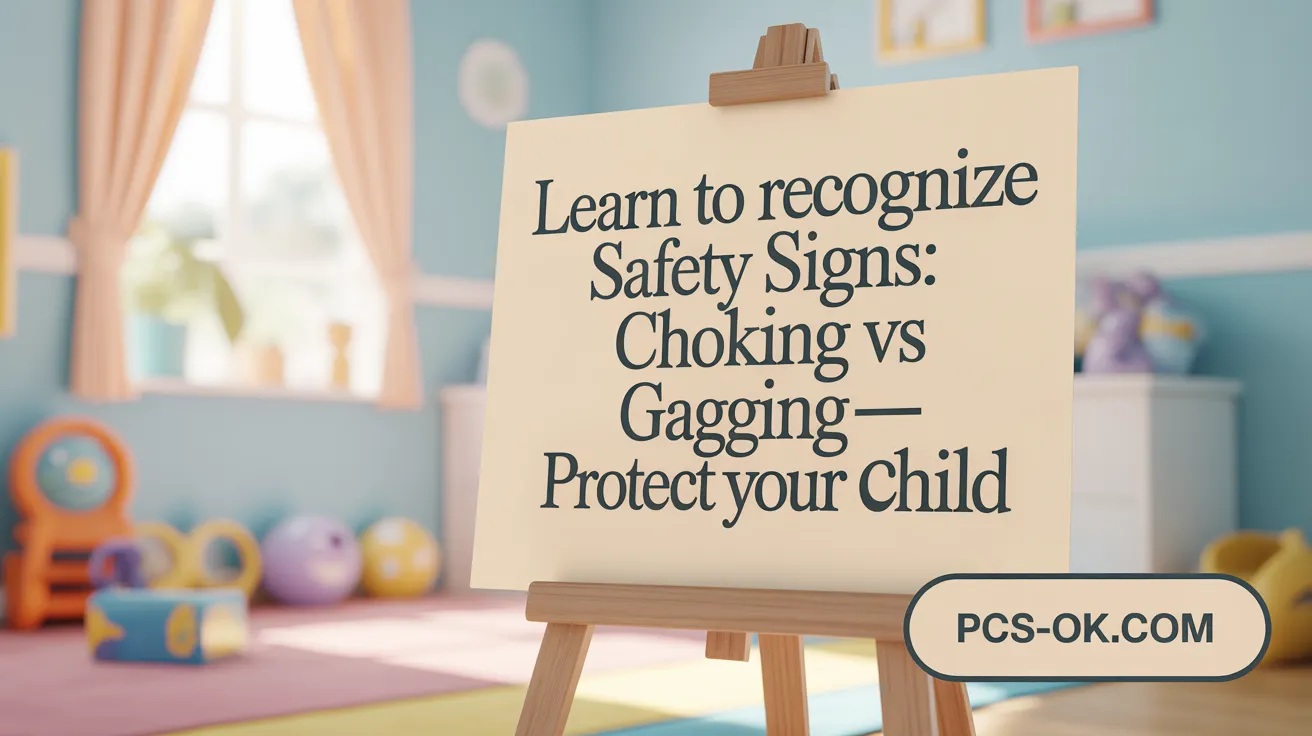
Understanding the differences between choking and gagging is essential for caregivers to respond appropriately during feeding times. Gagging is a common, natural reflex that helps babies learn to manage new textures and prevent choking. It produces loud, often forceful noises like coughing or sputtering and might include skin redness, watering eyes, or retching. Gagging usually occurs when a baby encounters food or objects that are too large or improperly chewed, and it serves as a safety mechanism.
Choking, in contrast, is a dangerous event where the airway becomes blocked by food or an object, preventing breathing. Signs include silence, difficulty in coughing or speaking, and skin turning blue or lips and face appearing cyanotic. The baby may struggle to breathe and display a panicked or blank facial expression. Since choking can be silent or less noisy, observing physical signs is crucial.
How to differentiate choking from gagging
The primary way to distinguish these is by listening and watching the baby’s behavior.
| Feature | Gagging | Choking | Explanation |
|---|---|---|---|
| Sound | Loud, coughing, sputtering | Usually silent or high-pitched sounds | Gagging involves active clearing of the airway, while choking often stops airflow entirely |
| Breathing | Usually present | Difficult or absent breathing, possibly no sound | Choking impairs breathing, requiring immediate intervention |
| Skin Color | Skin can turn red or stay normal | Often turns blue around lips, face, fingernails | Cyanosis indicates lack of oxygen, a sign of choking |
| Facial Expression | Retching, crying, wide eyes | Blank, scared, or panicked, sometimes with distressed facial cues | Choking causes distress due to breathlessness, gagging may be more controlled |
Behavioral and physical cues
During feeding, gagging is typically loud and accompanied by facial movements such as tongue thrusting or open mouth, indicating a protective reflex. Babies may cough or retch but can still breathe and vocalize. On the other hand, choking is marked by no sounds or coughing that stops abruptly.
Physical cues include skin pallor or bluish tone, difficulty breathing, and the inability to cough effectively when choking. A child or baby showing these signs needs immediate help.
Protecting the child during feeding
To prevent choking, caregivers should monitor feeding closely, avoid offering high-risk foods like grapes, nuts, or hard candies without proper preparation, and encourage proper chewing. In case symptoms of choking appear, quick response involving back blows, chest compressions, and calling emergency services can be lifesaving.
Videos and training in CPR or the Heimlich maneuver are recommended for all caregivers to effectively handle choking emergencies.
| Signs of Gagging | Signs of Choking | Proper Response |
|---|---|---|
| Loud coughing or retching | No sound, struggle to breathe | Stay calm; allow gagging to pass; perform Heimlich if breathing stops |
| Facial redness | Skin turns blue | Call emergency services immediately |
| Witnessed expulsion of food | Painless, mask-like face | Clear the airway with appropriate maneuvers |
| Frequent gagging episodes | Pale lips, finger pooling of saliva | Ensure environment is safe, prevent high-risk foods |
Knowing the distinctions and responding promptly can greatly reduce risks and ensure your child’s safety during meal times.
Feeding Signals That Indicate Potential Problems
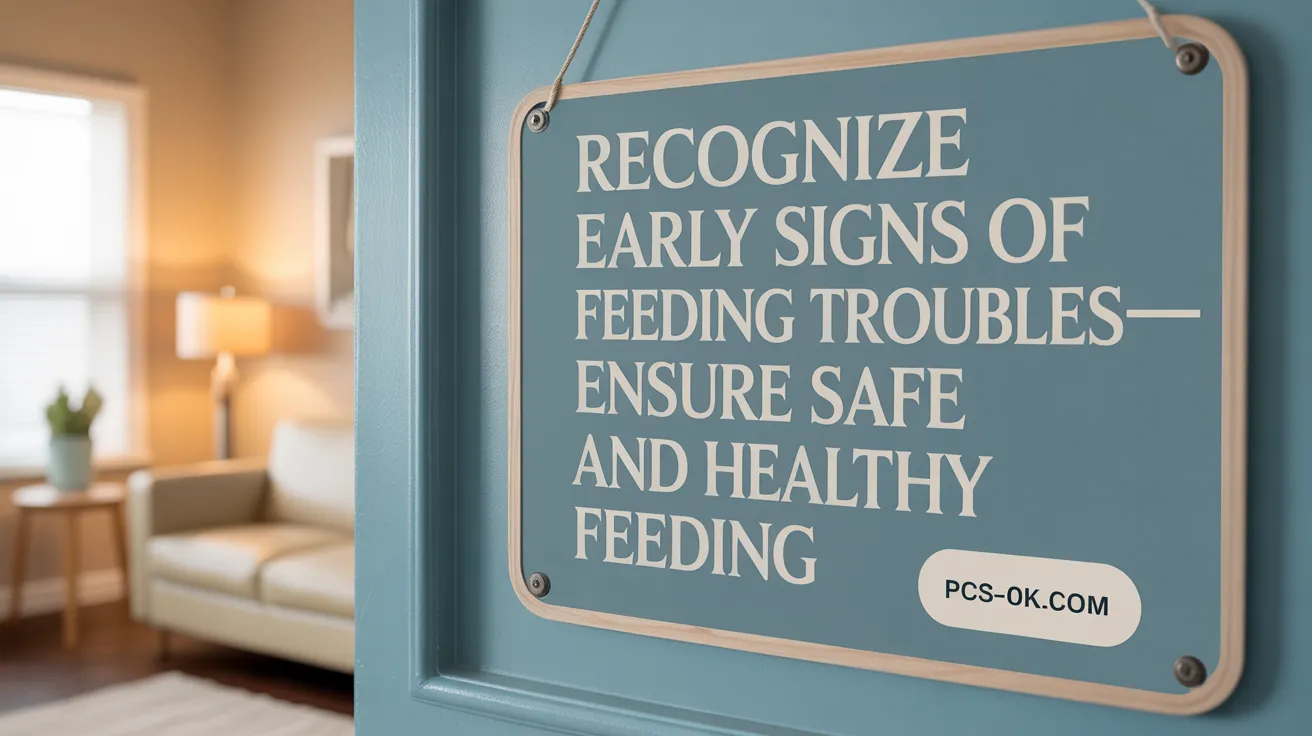
What are the key feeding signals that might indicate feeding problems such as gagging and choking?
Key signs during feeding can help caregivers identify if an infant is experiencing difficulty and may need professional help.
One common and normal behavior is gagging, which occurs when the baby’s reflex triggers the expulsion of food to prevent choking. Gagging usually involves loud coughing or sputtering, with the baby’s mouth opening wide and the tongue thrusting forward. It often happens during the teething phase or when new solid foods are introduced.
Choking, in contrast, is a life-threatening event and typically silent. It occurs when a piece of food or object blocks the airway completely, making it difficult or impossible for the baby to breathe. Signs include the skin turning blue—especially around the lips, gums, and nails in babies with lighter skin—and the baby may be unable to cry or cough effectively.
Other indicators of potential feeding difficulties include frequent coughing or gurgling sounds after eating, persistent wet or gurgly voice, and signs of respiratory infections or fatigue during or after feeding. Behavioral cues like arching back, crying, or seeming exhausted during feeding may also suggest problems.
Caregivers should pay close attention to these signals, as early identification allows for assessment and intervention. In some cases, repeated signs of difficulty swallowing or airway protection issues can be signs of underlying conditions such as oral motor delays or anatomical concerns, which require specialist evaluation.
Overall, understanding the differences between normal gagging and dangerous choking, along with observing subtle behavioral cues, plays a vital role in ensuring safe feeding experiences for infants.
Risks and Underlying Causes of Feeding Difficulties Manifesting as Choking or Gagging
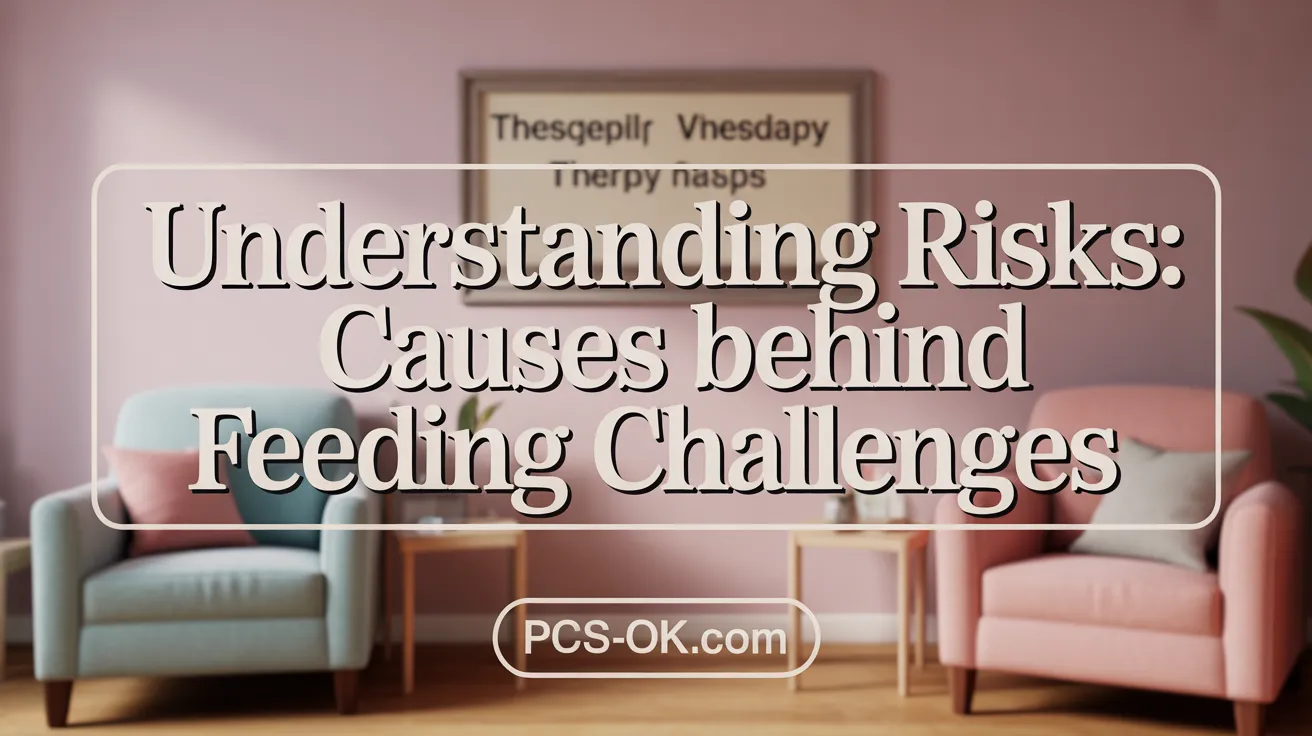
What are the risk factors associated with feeding difficulties that manifest as choking or gagging?
Feeding difficulties such as choking and gagging in infants and children can be caused by a variety of underlying factors. Recognizing these risks is crucial for caregivers to promote safe feeding practices.
One major category involves neurological and developmental issues. Conditions like cerebral palsy, stroke, Parkinson’s disease, multiple sclerosis, and brain injuries can interfere with the muscles involved in swallowing and coordination. These impairments often result in uncoordinated swallowing and increased risk of food lodging in the airway.
Structural problems within the digestive tract also pose significant risks. Narrowed esophageal passages, webs, rings, tumors, and esophageal spasms can obstruct the normal flow of food. Conditions such as achalasia, a disorder where the esophageal muscles fail to relax properly, further raise the likelihood of food getting stuck, cause gagging, and increase aspiration risks.
Developmental factors play a vital role, especially during early childhood. Prematurity, low birth weight, and developmental delays can impair oral-motor control, hindering effective chewing, sucking, and swallowing. As children grow, muscle weakening and degeneration may add to swallowing difficulties, especially in older populations.
Gastrointestinal conditions also contribute to feeding challenges. Gastroesophageal reflux disease (GERD) can cause inflammation, leading to discomfort and structural changes that provoke gagging or choking. Food allergies and eosinophilic esophagitis may cause swelling and narrowing of the esophagus, further raising concern during feeding sessions.
In summary, a combination of neurological, structural, developmental, and gastrointestinal factors can elevate the risk of choking and gagging during feeding. Proper assessment and intervention are essential to ensure safe nutritional intake and prevent potentially life-threatening events.
Safety Measures and Emergency Response for Choking and Gagging
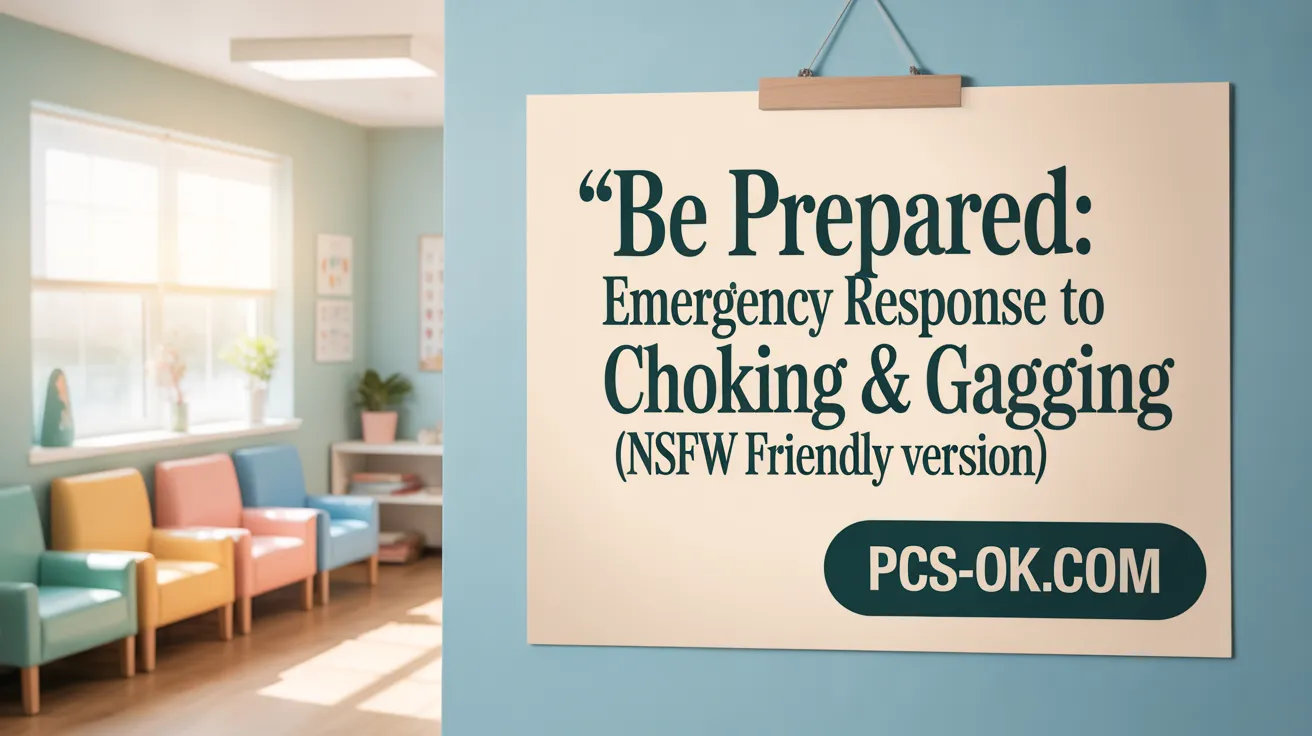
What safety guidance and response measures should be provided in cases of choking and gagging?
Understanding the differences between gagging and choking is crucial for caregivers. Gagging is a normal, protective reflex that helps infants learn to chew and swallow safely, often accompanied by loud noises like coughing or sputtering. It typically occurs when a baby encounters food or objects that are too large or improperly chewed.
Choking, however, is a dangerous, life-threatening event characterized by silence or minimal sound. It happens when food or a foreign object blocks the airway, making it difficult or impossible for the baby to breathe. Signs include a bluish tint around the lips and skin, panicked facial expressions, and potential loss of consciousness.
Prevention strategies include supervising children during meals, offering age-appropriate, soft foods cut into small pieces, and encouraging them to chew thoroughly. Proper seating and avoiding distractions like talking or laughing during feeding can significantly reduce choking risks.
In emergency situations, immediate response is critical. For choking, the first steps include supporting the child’s chest and chin, then giving five quick back blows between the shoulder blades to dislodge the object. If the object does not come out, repeat with five abdominal thrusts (Heimlich maneuver). These steps should be repeated until the obstruction is cleared or professional help arrives.
For infants under one year, back blows and chest compressions are recommended, while older children and adults should alternate back blows and abdominal compressions. If the child becomes unconscious or cannot breathe after attempts, call emergency services immediately and begin CPR to maintain oxygen flow.
Immediate response to choking
When a child shows signs of choking — such as inability to cough effectively, no sounds, bluish skin, or panicked behavior — prompt action is vital. Support their head, ensure they are in a safe position, and begin back blows and abdominal thrusts without delay.
If the child loses consciousness, lay them flat on a firm surface and initiate CPR. Also, call for emergency medical help right away.
First aid techniques including back blows and chest compressions
Performing five rapid back blows between the shoulder blades using the heel of your hand can help dislodge a foreign object. If ineffective, proceed with five quick abdominal thrusts in the Heimlich maneuver, pressing just above the navel.
For infants, back blows supported by holding the baby face down on your forearm with the head lower than the chest are recommended. Chest compressions involve pressing on the sternum with two fingers.
When to call for emergency help
If simple maneuvers do not clear the airway, or if the baby or person cannot breathe, they stop coughing or turn bluish, emergency services must be called immediately. Continue first aid efforts until professional medical help takes over.
Missteps to avoid such as patting during coughing
Caregivers should not pat or rub the back of someone who is coughing vigorously, as this can worsen the condition. Patting may dislodge the object further or suppress the natural cough reflex.
Importance of CPR training for caregivers
Learning CPR and choking first aid through reputable courses (like those offered by the Red Cross) equips caregivers to respond swiftly and effectively. These skills are vital for preventing severe injury or death during choking incidents, especially with infants and young children.
The Importance of Timely Recognition and Response to Feeding Signals
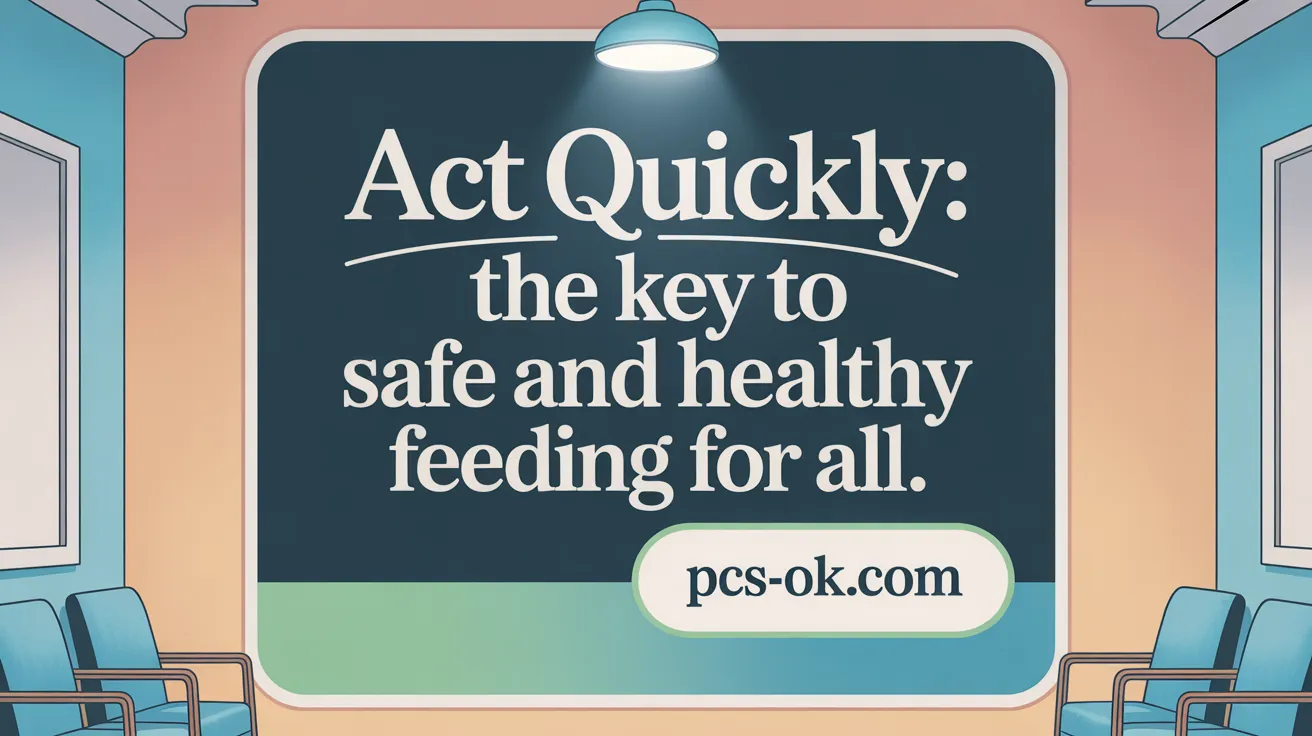
Why is recognizing and responding to feeding signals important for infant health and development?
Recognizing and responding effectively to infants’ feeding signals is vital for their overall health and growth. When caregivers understand the cues for hunger or fullness, they can provide appropriate amounts of food, supporting healthy weight development and avoiding unnecessary stress for the baby. Proper recognition fosters trust, enhances communication skills, and encourages babies to become more aware of their own hunger and satiety cues. This responsive approach helps develop self-regulation in eating, which is linked to healthier eating patterns later in life. Additionally, responding promptly to feeding cues can prevent dangerous situations like choking or aspiration by ensuring food is given safely and at the right time. In the context of developing oral motor skills, recognizing gagging as a normal reflex during introduction to solids allows caregivers to let this natural protective mechanism work without interference. Overall, attentive response to feeding signals creates a foundation for both health and emotional security during a critical growth phase.
How important is timely response to feeding signals to prevent health emergencies during feeding?
Quickly recognizing and reacting to feeding cues is crucial for avoiding emergencies such as choking, aspiration, or food refusal. When a baby shows signs of hunger—such as opening their mouth wide or reaching for food—and these are met promptly, the risk of frustration, dehydration, or nutritional deficit decreases. For example, in choking situations, immediate action—such as performing back blows or calling emergency services—can be lifesaving. Choking, a silent and dangerous event, requires swift intervention, unlike gagging, which is loud and self-limiting. Recognizing the signs of airway obstruction, including a distressed facial expression, bluish skin, and no sounds, enables caregivers to act fast. Responding in a timely manner also supports ongoing breastfeeding, prevents stress for both infant and parent, and minimizes the risk of complications such as aspiration pneumonia or respiratory infections. Ultimately, vigilant attention to feeding cues and rapid response during emergencies safeguard the child’s health and promote safe, positive feeding experiences.
Conclusion: Vigilance and Knowledge Save Lives
Distinguishing between gagging and choking during feeding is critical for the safety and healthy development of infants and young children. While gagging is a natural, protective reflex that supports oral motor development and helps prevent choking, choking is a silent and dangerous emergency that requires immediate intervention. Recognizing feeding signals early, understanding associated risk factors, and being prepared with proper safety and emergency response measures can significantly reduce the risk of complications and improve outcomes. Empowering caregivers with knowledge, practical skills like CPR, and attention to feeding behaviors fosters safer feeding experiences and promotes infant health and well-being.
References
- Choking and gagging on food – Start for Life
- What’s The Difference Between Baby Gagging And …
- Choking and gagging on food
- Complementary feeding in the first year of life: choking and …
- 5 Myths and Truths About Choking
- Common Concerns With Infant Feeding and Swallowing
- How to Tell the Difference Between Choking + Gagging …
- Baby Gagging on Food: Signs, Causes & How to Handle It
